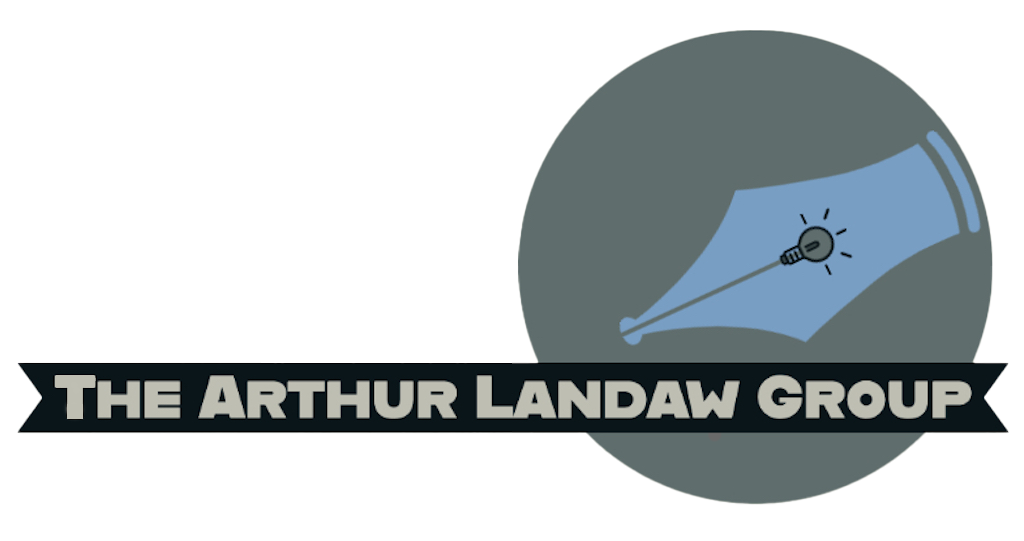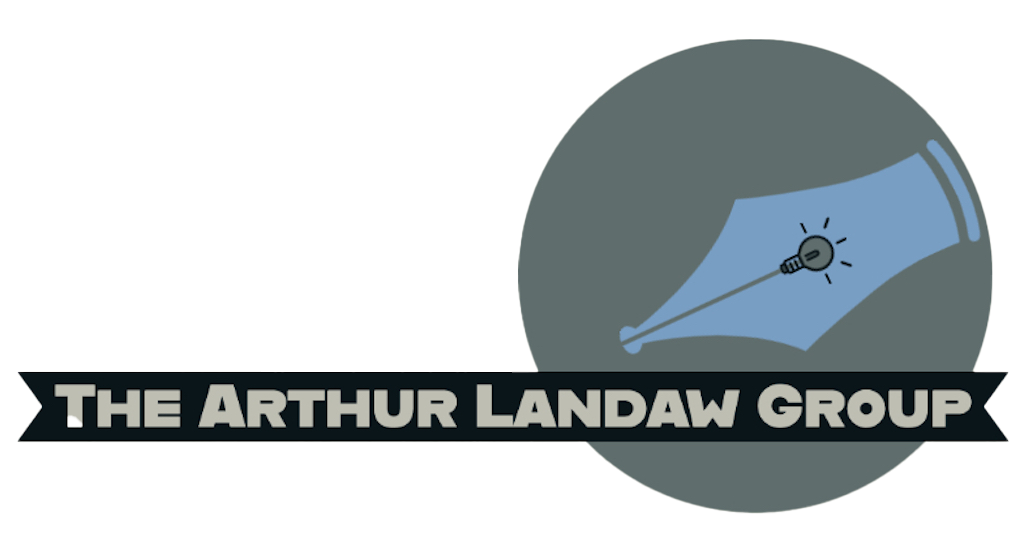Best Practices for Web Design
Web design can be a tricky thing. It is a combination of art and science, and the result of both will affect the overall success of a website. With that in mind, it is important to be mindful of best practices when it comes to web design, so that your website can reach its full potential.
The first best practice when it comes to web design is to keep it simple. The simpler the design, the easier it is for users to navigate and understand what’s going on. Too much clutter and confusion can lead to a poor user experience and a higher bounce rate. This means that the layout should be clean and straightforward, and the design should be minimalistic. It should also be user friendly and intuitive, so that it is easy for users to find what they are looking for.
Another important best practice is to optimize the website for mobile. It is essential to make sure that your website is mobile-friendly and responsive. This means that the layout should be adjusted to fit different screen sizes, and the content should be optimized for mobile use. This means that the text should be legible, the images should be optimized, and the navigation should be easy to use.
Best practices with web design are essential for a successful user experience. A well-thought-out design, combined with the use of modern technologies and tools, will create an intuitive website that is easy to navigate and engage with. It’s important to consider usability issues such as readability and accessibility when creating content, making sure users can find what they need quickly and easily. Furthermore, implementing responsive design techniques allows websites to be viewed on multiple platforms without compromising quality or load time. By focusing on these best practices throughout the entire design process, developers can ensure their website will provide users with a seamless experience from start to finish.



